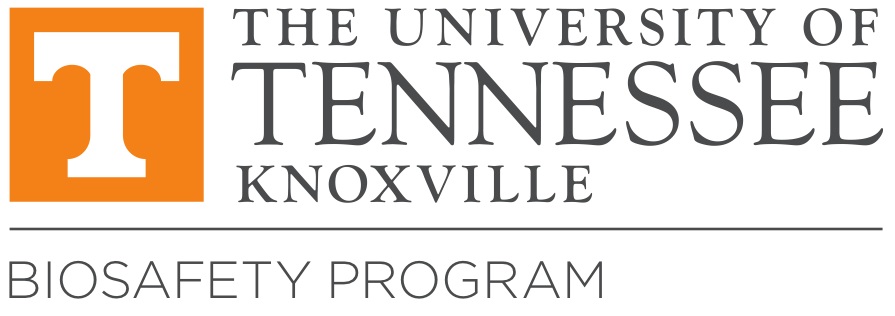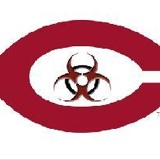Title Page
-
Principal Investigator
-
Department
-
Location
-
Phone
-
Conducted on
-
Prepared by
-
Materials or agents used:
- Recombinant DNA
- Transgenic organisms
- Viral or host systems vectors
- Infectious Agents; bacteria, virus, fungus, prion, etc.
- Biotoxins, allergens or other biohazardous material
- Human/non-human primate blood, serum or fluid
- Human/non-human primate tissue or cell lines
-
Personnel
-
Used daily?
-
Bloodborne pathogen and/or Tuberculosis training required?
-
Infectious shipping training required?
-
Hepatitis B vaccine recommended?
-
Advised and trained for specific hazards/procedures?
Engineering Controls
-
Hand washing facilities?
-
Readily available with appropriate (antimicrobial) soap?
-
Eyewash/shower?
Personal Protective Equiment
-
Disposable (single use) gloves available and in use?
-
Gloves are not worn outside of laboratory
-
Lab coats or gowns?
-
Protective eyewear and face shields?
-
Masks/respirators?
-
Removed before leaving work area?
-
Cleaned by professional laundry service?
Work Practice Controls
-
No eating, drinking, smoking, applying cosmetics, or handling contact lenses in laboratory?
-
Food or drink is not stored in areas where potentially infectious materials are present?
-
Appropriate pipetting devices in use?
Sharps
-
Policies are in place for the safe handling of sharps, such as needles, scalpels, pipettes, and broken glassware.
-
Are needles used?
-
Safe devices in use?
-
Are there procedures where safer devices cannot be used?
-
Needle recapping using approved methods?
-
Are sharps boxes available within arms reach, in sight and routinely replaced when 3/4 full?
-
Have glass capillary tubes and vacuum tubes been replaced by plastic?
-
Have blood drawing personnel been advised not to reuse blood tube holders?
-
Has the practice of injecting blood through a stopper into a vacuum tube using an exposed needle been discontinued?
Work Areas
-
Absorbent paper in use?
-
Disinfectants:
- 1% bleach
- 10% bleach
- 70% ethanol
- Dispatch
- Clidox
- Quatricide
- other
-
Work surfaces are decontaminated after completion of work and after any spill or splash of potentially infectious material?
Biohazard Postings
-
Door
-
Refrigerators/Freezers
-
Equipment
-
Waste containers
-
Emergency response procedures
Biological Safety Cabinets
-
Biosafety Cabinets?
-
Type
-
Used when potential for aerosols exist?
-
Clear of all nonessential equipment?
-
Shared with others
Biohazardous waste
-
Liquid and solid waste is decontaminated or sterilized before disposal using an effective method?
-
Autoclaved prior to disposal?
-
Autoclave SOP and verification of biological effectiveness log?
-
Containers clearly labeled and covered?
-
Sharps and broken glassware?
-
Mechanical devices available for broken glass?
-
Comments/recommendations











